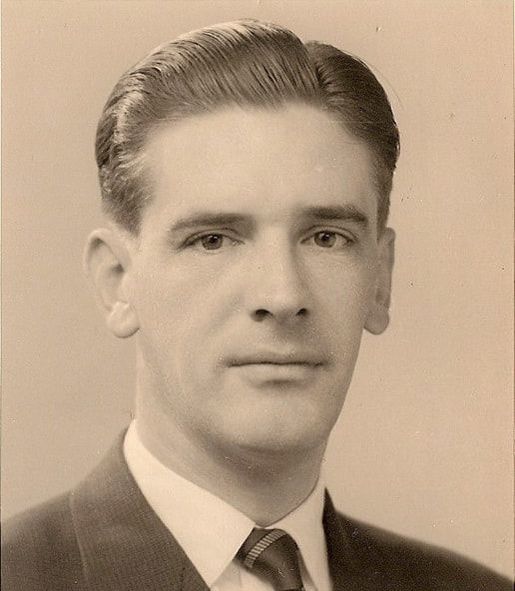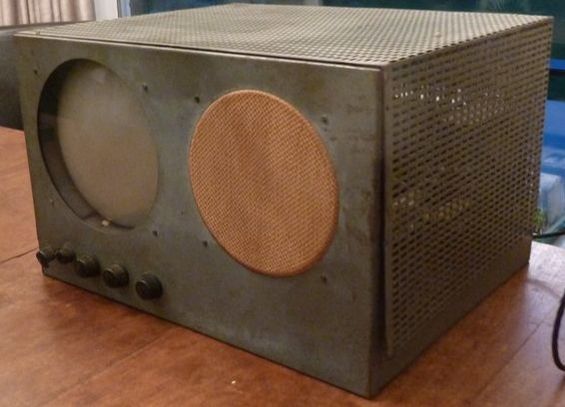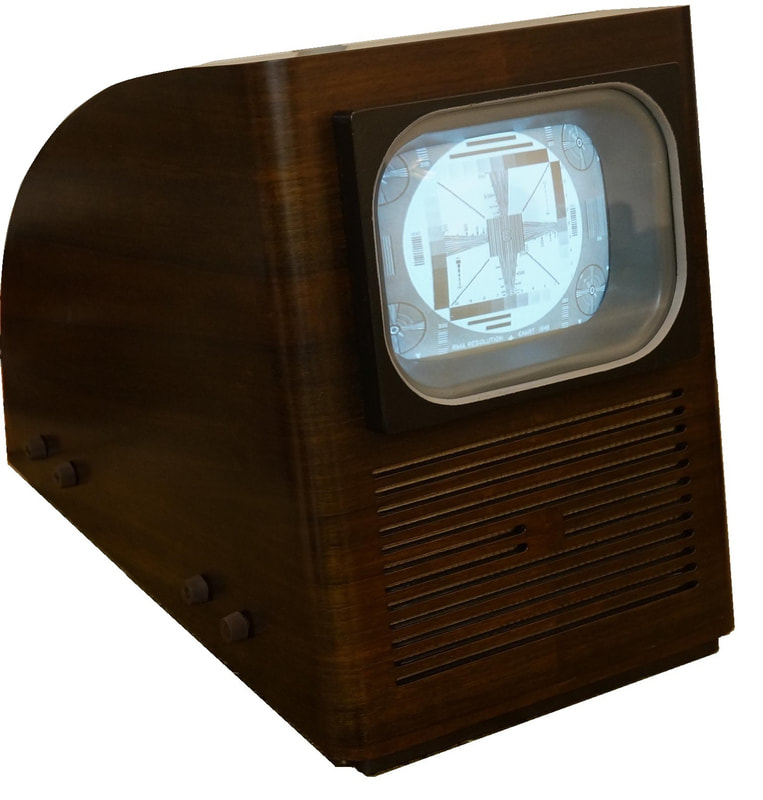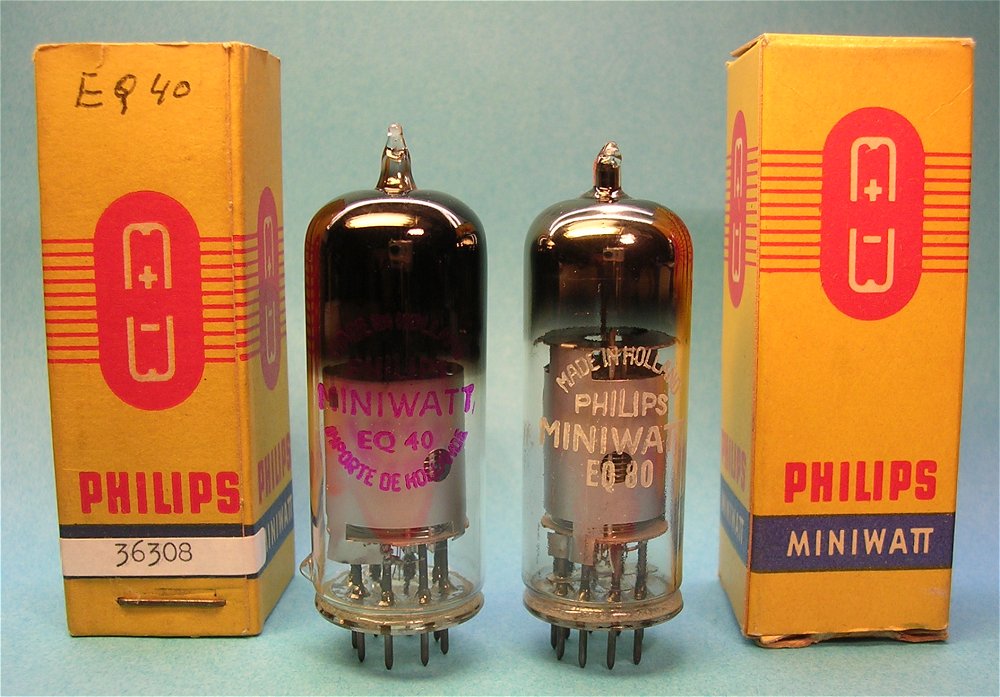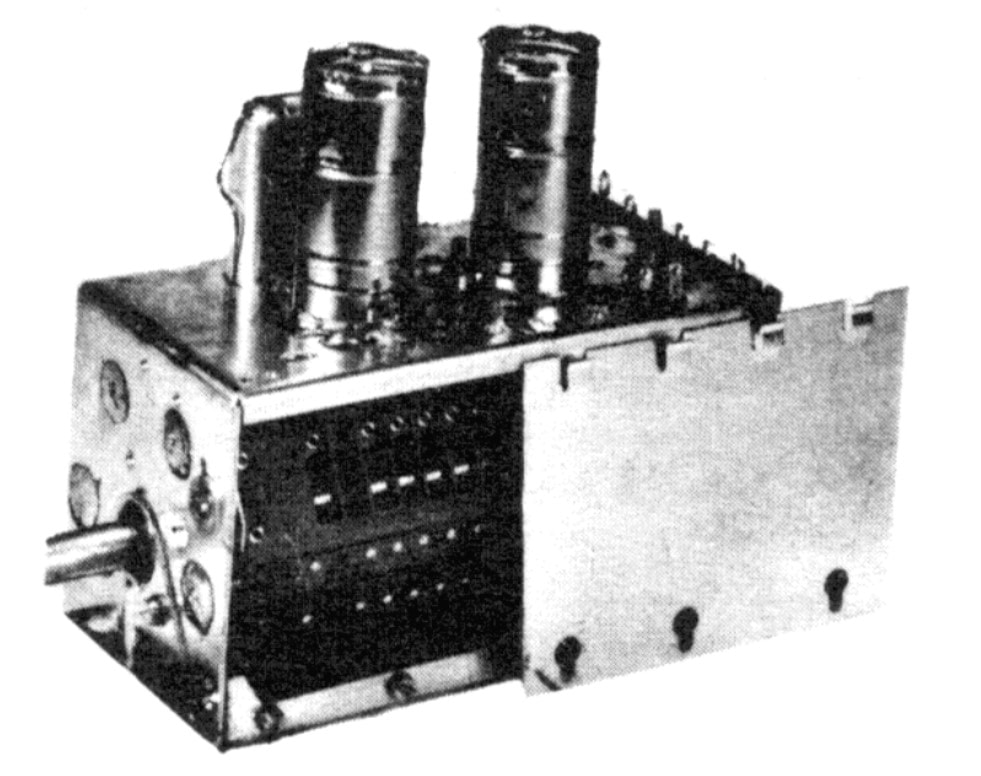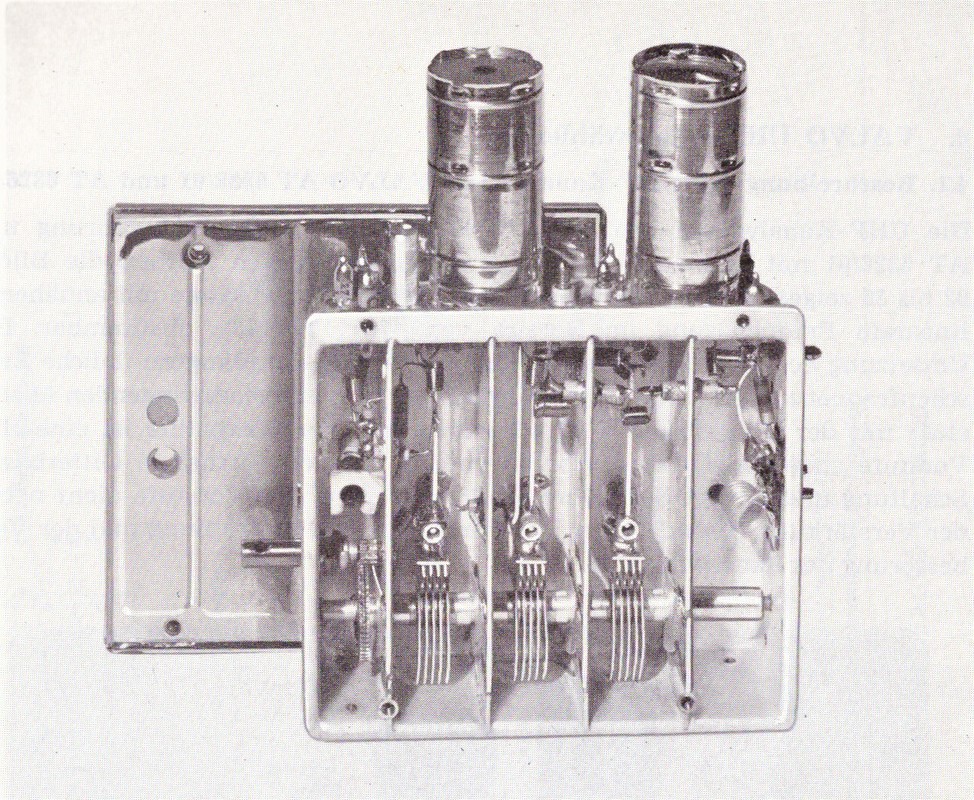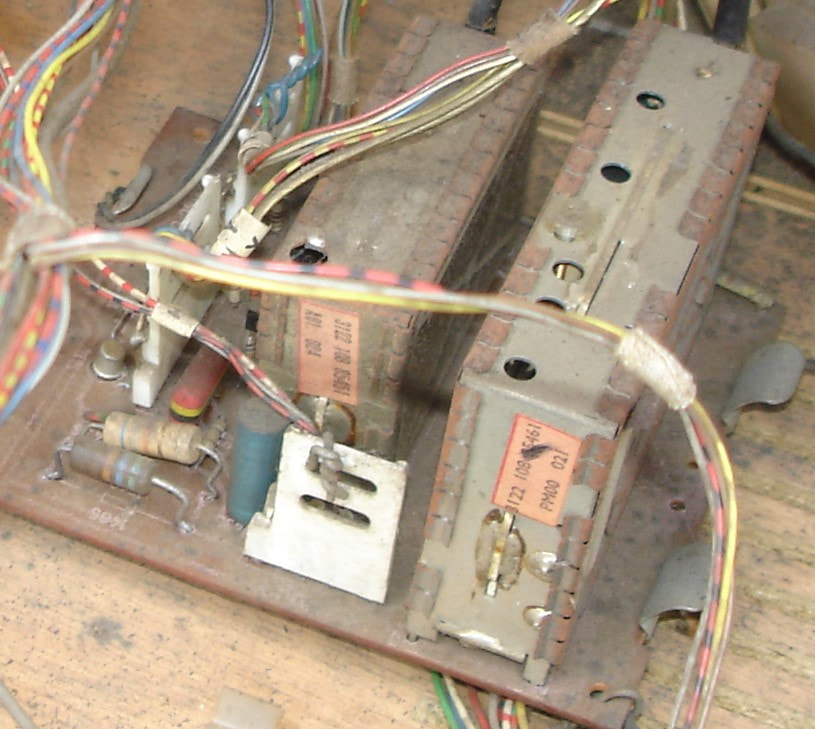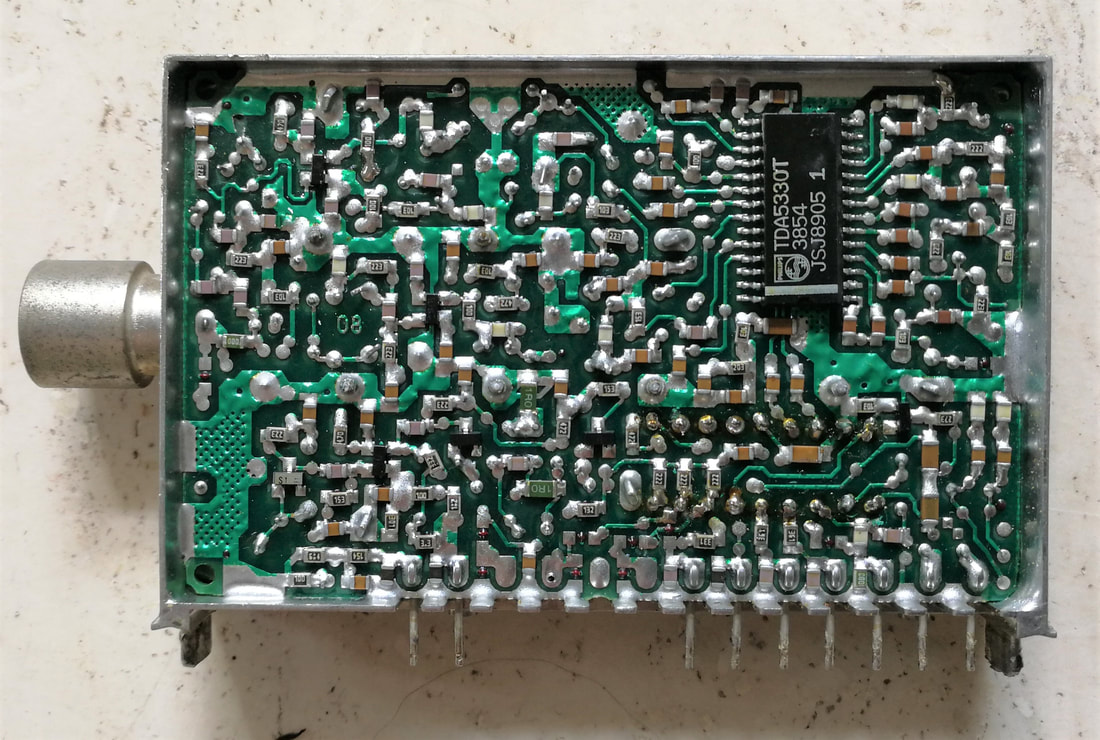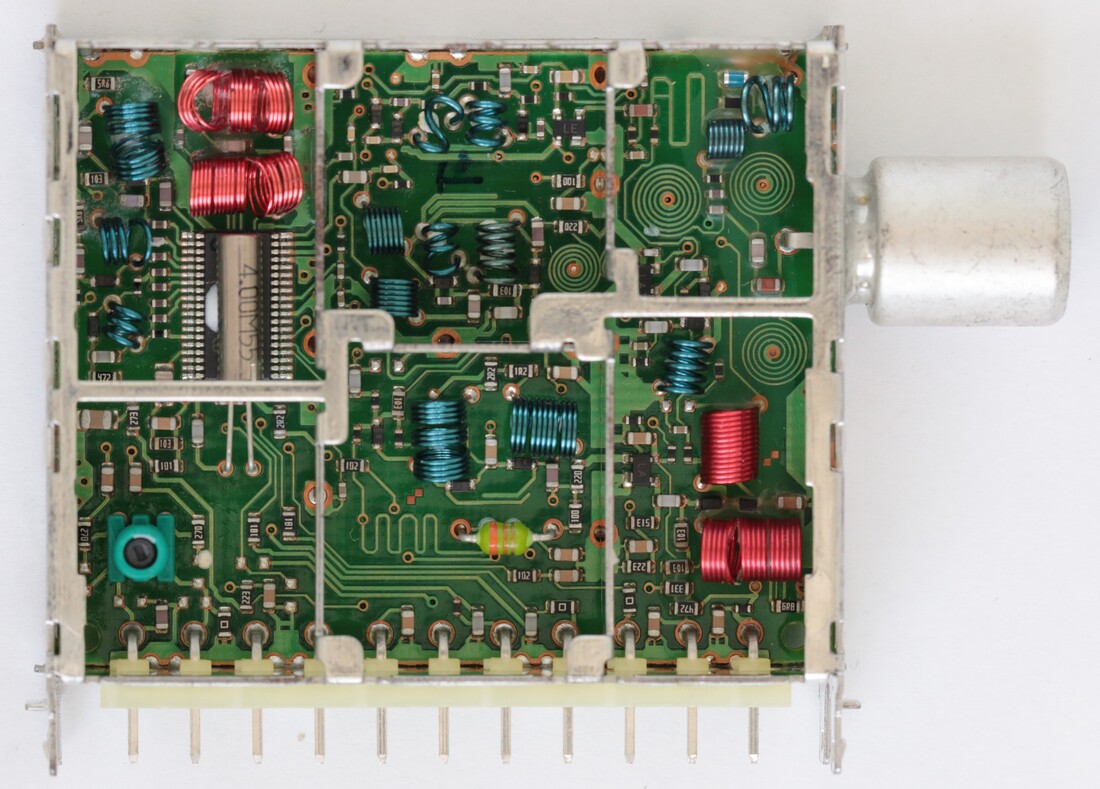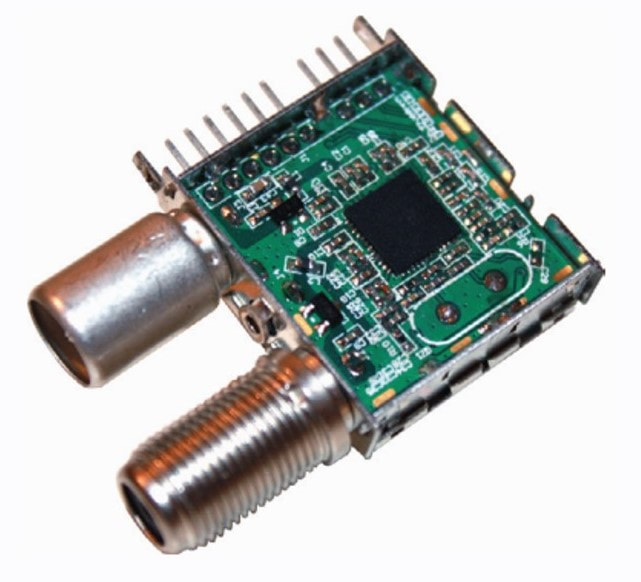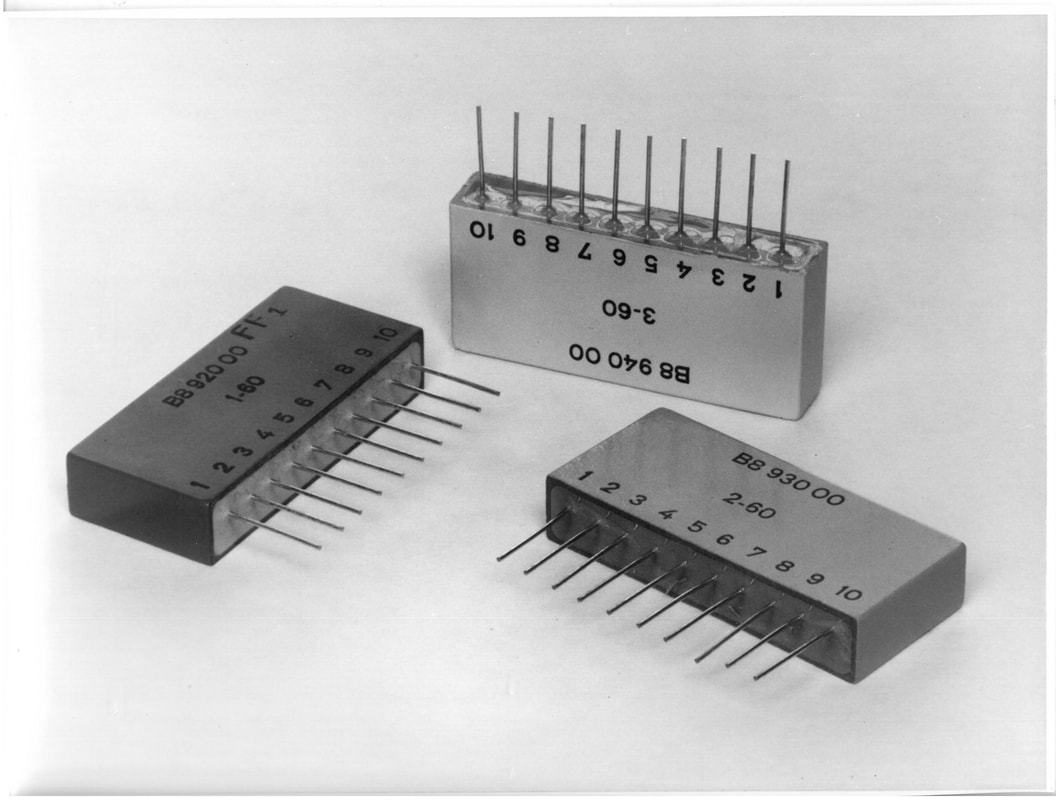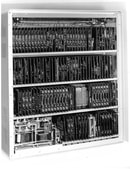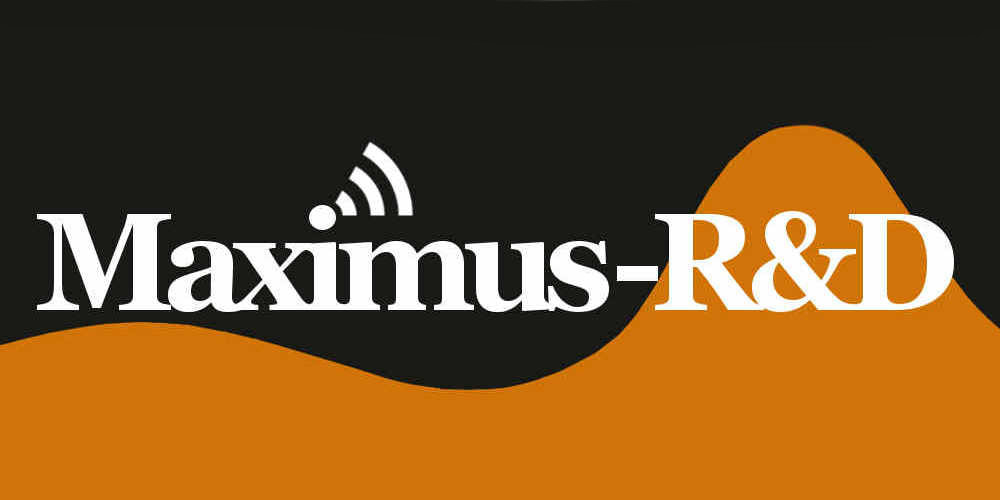History as always been one of my main interests, covering the entire period from pre-history to modern times. As long it is covering an interesting period and well written - and with maps and good illustrations! - I read everything. As an engineer technology history has a special place, especially when it has links with my own interests or activities. So here you will find a few results of my digging up stories. I started with those where my father and his 1947 home-built TV were involved, but gradually grew into the history of early Philips TVs and finally the history of the Philips TV tuner.
Click on the pictures to jump to the respective pages
Click on the pictures to jump to the respective pages
|
Piet Hooijmans 1918-2006
The career of my father in engineering and the surprising technologies he worked on. This is also the trigger for the more detailed stories on early television development, including my father's home-built television from 1947, as well as the EQ40/80 and tuner history. In the meantime I have also substantially extended the part on his work at the PTT Dr Neher Lab, which was more in the field of the upcoming digital electronics. |
|
Piet's Home-built Television, or how Philips developed television, part 1 1946-1949
Triggered by the 1948 home-built television of my father, I've tried to reconstruct the early developments that lead to the first television sets. It covers activities of Philips Research, the Radiobuizen Lab and the Apparaten Lab. Includes the story of the Philips 567-line standard development and the PET experimental TV transmissions from Eindhoven. |
|
Piet's Home-built Television, or how Philips developed television, part 2 1950-1958
The 2nd part of the story, starting with the switch to the new 625-line TV standard and covering the first five generations of TV sets, as well as the build-up of the valve, picture tube and television factories. Includes analysis of the innovation steps in each successive set, the struggle with the many different standards across Europe and the story on the Protelgram back-projection TV's. |
|
The EQ40/EQ80 enneode
The development, principles and applications of this unique 9-electrode valve on which my father worked as a young engineer and that was also used in his home-built TV receiver. Includes the overview of all known applications of the EQ40 and EQ80, in FM radio, television and professional applications. |
|
NEW!
The original web site on the Philips Tuner History is being turned into books. Parts 1 to 3 of the on-line tuner history plus the remote control story have now become Volume1 of the Philips Television Tuners - 1950-1980. However, the book also contains content and sections not included in the web pages. See this page on how to order the Philips Technology History books. |
|
Philips tuner history pt1: valve-based VHF tuners - 1946-1960
Detailed description of the evolution of the television channel selector, or tuner, from the first 1947 post-war televisions to the mass-produced 12-channel drum tuners towards the end of the 1950s. Contains overviews of circuit evolution, the types produced, their application linked to the simultaneously evolving TV standards, as well as sections on tuner RF reception theory. |
|
Philips tuner history pt2: introduction of UHF and the last valve tuners - 1958-1963
UHF tuners, covering the 470-860MHz band, were a real challenge around 1960, requiring mass-producible modules operating at unprecedentedly high frequencies. In parallel the VHF tuners continued to evolve, driven by the new frame grid valves. And major effort was put into more user friendly channel selection and tuning mechanisms, including such advanced solutions as motor controlled tuning. |
|
Philips tuner history pt3: transistors, varicaps and a bit of colour - 1963-1980
In 1963 the first transistorized UHF tuners appear, followed a year later by the VHF transistor tuner. All based on germanium transistors, that would remain the dominant component until replaced by the silicon transistor in the mid 1970s. In the meantime another important key component was introduced: the variable capacitor or varicap, allowing electronic tuning. This in turn supported much innovation in the way channel selection was performed, introducing pre-set channels, touch buttons and finally digital control. All this in parallel with the emergence of colour TV. |
|
Philips TV Remote Control history, 1955-1985
A small side-step, triggered by the fact that the first ultra-sonic remote control front-end (from 1972) was developed in the Edens Tuner -lab. Covers the first generations wired remote controls from 1955, the ultra-sonic controllers, and the emergence of the infrared RC as we know it today. |
|
Philips tuner history pt4: IC-tuners, frontends and modulators - 1980-1990
With the UV400 family the first integrated circuits (ICs) were introduced inside the tuner: pre-scalers. Over 20 years this would extend to the mixer-oscillator, PLL and MOPLL. In parallel the tin can Front End came up for high end sets: tuner and IF in a single module. Other RF modules in consumer electronics were the video recorder modulator and the satellite front end. All this against the background of many take-overs, aggressive Japanese competition and a Philips management that was rapidly loosing its strategic focus. |
|
Philips tuner history pt6: Silicon, chaos and decline - 2000-2014
The Tuner business has to cope with the switch-over from analogue to digital TV, in satellite, cable and terrestrial broadcast. In parallel Philips TV has to manage the switch over from CRT to plasma and LCD TV. Silicon integration goes fast now, resulting in fully integrated tuners and almost fully integrated TV cores. Philips management gives up on semiconductor and consumer electronics business, step-wise selling of or closing down all activities. Tuners will be one of the victims. |
|
Digital computers in the Netherlands and the Philips digital Circuit Blocks, - 1950-1965
Based on new information triggered by the Philips Centraal Application Lab Bouwstenen (CAB) or Dammers-lab, a completely unknown activity is presented: the unique development of the first European all-transistor computers. To put it in a wider perspective the entire Dutch computer development of this period is re-told, especially the developments at the PTT Centraal Laboratorium, later the Dr Neher Lab, of the PTERA and ZEBRA computers. |
